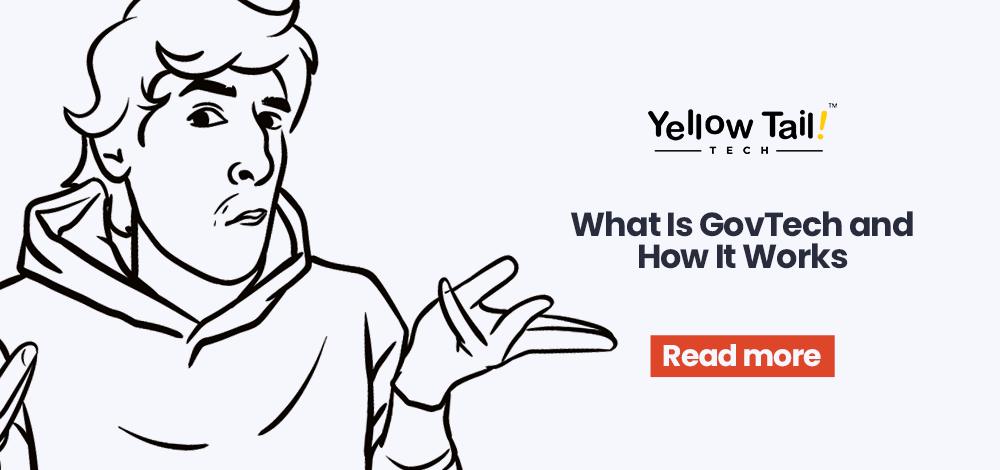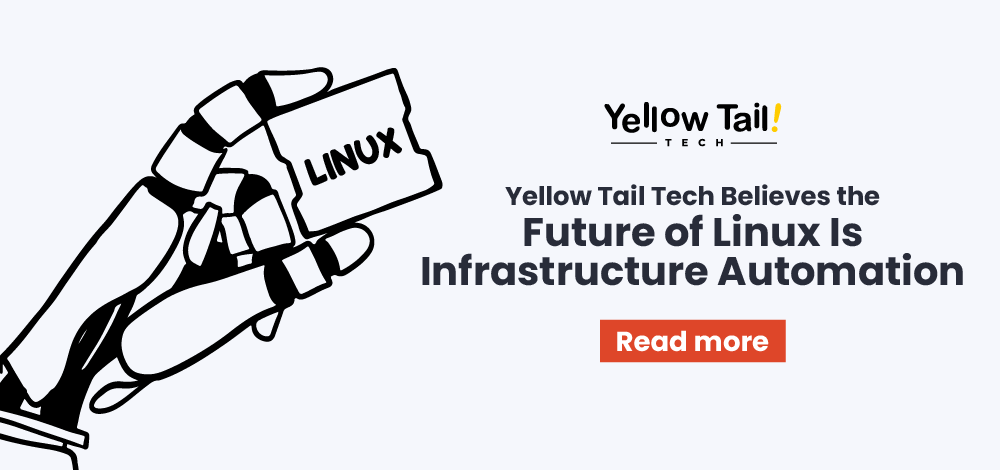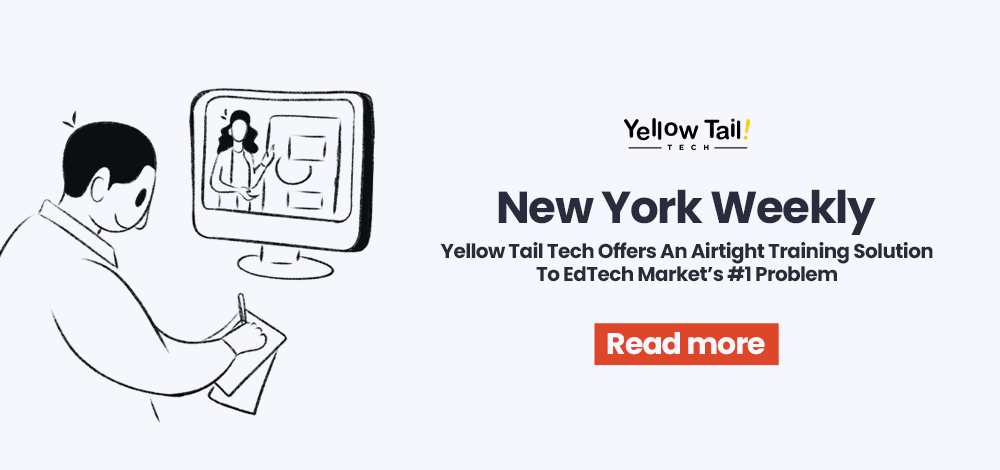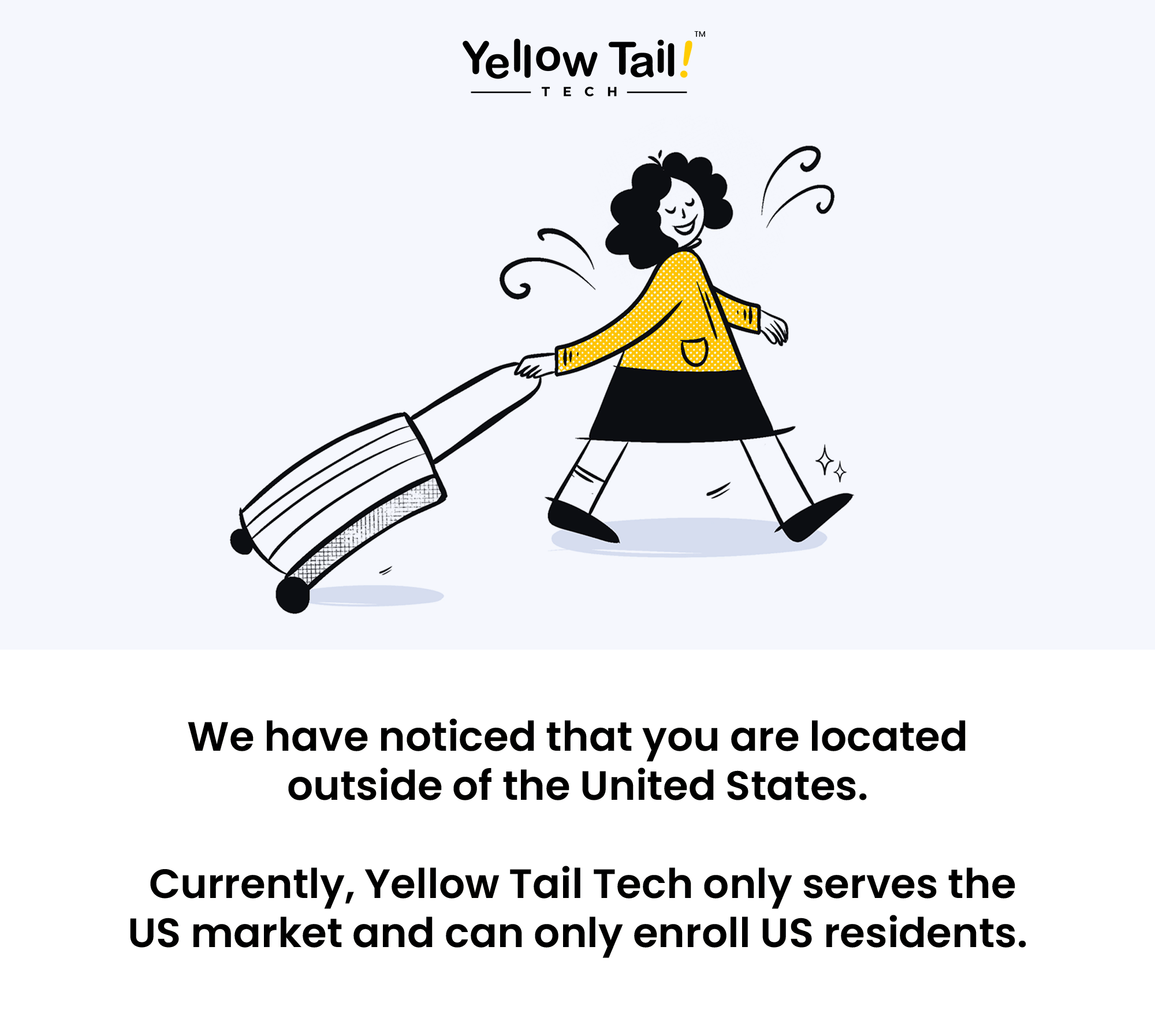Think about the last time you had to interact with the government. Maybe you need to renew your driver’s license, file your taxes, or request an important document.
How was the experience? You are not alone if it is slow, confusing, or frustrating.
Long lines, piles of paperwork, and outdated systems have traditionally bogged down many government services. But what if there was a way to make government services faster, more efficient, and accessible at the click of a button? That’s where GovTech comes in.
Technology helps governments run smoothly and provides better services to citizens; this is happening everywhere. This shift is known as GovTech, which is short for government technology.
But what is GovTech? The process: how it functions and its value to you.
Let’s look at GovTech. We’ll explore its benefits and how it’s improving government services.
We will discover real-world examples, adoption challenges, and whatever is next.
Whether you’re a tech enthusiast, a government employee, someone who wants to transition into GovTech careers, or just someone who wants to see better services in your community, this guide will break everything down in a simple, easy-to-understand way.
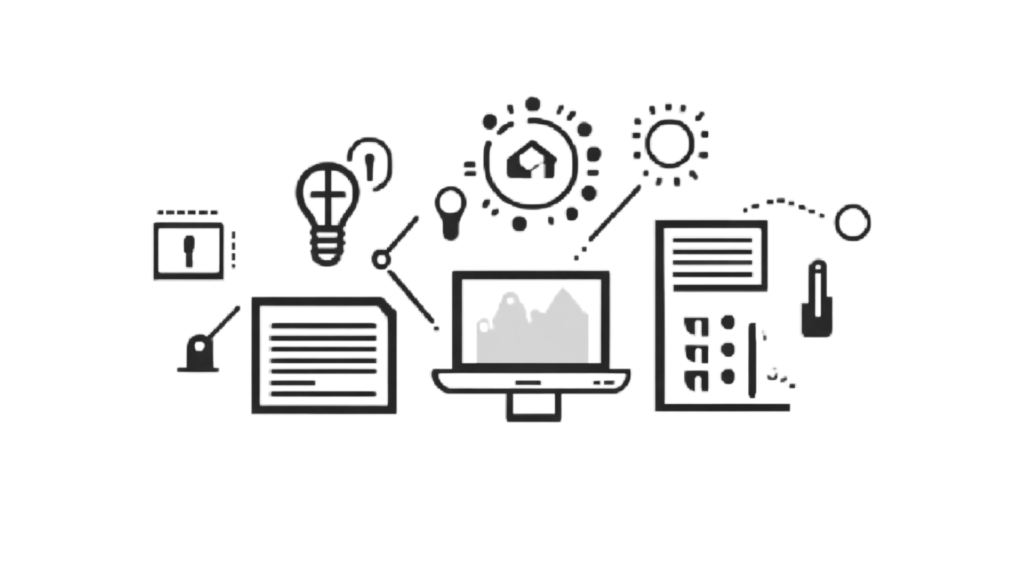
Understanding GovTech: The Basics
GovTech, short for government technology, refers to using digital tools and emerging technologies to improve government processes and enhance services for citizens.
The main point is revamping government services with technology. What does GovTech do? It focuses on improving government systems through technology. Significant changes are coming. Simple, helpful, and straightforward—that’s how it is.
Unlike private sector innovations that target businesses and consumers, GovTech solutions are designed specifically for:
- State and local governments
- Government agencies
- Public sector entities
These advancements make everything more efficient. Public administration is all about making government work for the people. In addition, improved performance is all about deciding who gets what.
Curious about working in GovTech? There’s more information available. Click here! Keeping things steady, but will this last? Let’s take a look.
Why GovTech Matters
We expect services to be quick, seamless, and secure in today’s fast-paced digital world.
The way we handle business is different now, all because of technology.
Online banking? Same-day deliveries? These were unheard of just a short time ago.
But when it comes to government services, the experience often feels outdated—long lines, confusing paperwork, and slow responses.
Many government systems still rely on decades-old processes, making public services inefficient, frustrating, and challenging. Outdated methods slow down a government’s ability to meet urgent needs and adapt to society’s changes.
At its core, a government exists to serve its people. Successfully fulfilling this duty hinges on modernization; it’s a must.
Here’s why upgrading government technology is a necessity, not just an option:
- Ongoing Improvement – Governments must continuously evolve to enhance service delivery, using technology to streamline processes and improve efficiency.
- Rising Public Expectations – As private-sector services become more user-friendly and convenient, citizens expect the same level of accessibility from public institutions.
- Increasing Complexity – Today’s societies face multifaceted challenges, from urban planning to public safety, that require advanced technological solutions to manage effectively.
Public services are getting a boost from GovTech. This technology links older government practices with modern innovation. It’s quick, effective, and ready for anything the internet throws. Think of it as a digital Swiss Army knife.
How GovTech Works
At its core, GovTech operates in three core areas:
- Digital Government Services – Simplifying interactions between the government and citizens through online platforms. For instance, key things to remember are applying for a license, filing taxes, getting social services, and claiming benefits.
- Public Sector Efficiency – Automating administrative tasks to reduce waste and improve operations. A good example is AI-powered chatbots answering citizen inquiries 24/7.
- Data and Security – Using network security and AI to protect sensitive information and detect cyber threats.
The Role of Information Technology
Information technology’s role in GovTech is crucial because it allows the following:
- Prioritized security
- Built to handle expansion
- Excellence in performance
- It helps everyone involved, including government offices and people in the neighborhood.
We’re in a new era driven by three key technologies:
- Cloud computing that offers scalability and accessibility
- Artificial intelligence brings automation and insights
- Blockchain ensures security and transparency
Thus, stronger governance leads to a better life for citizens, which we can all work towards.
Interested in the potential of GovTech? The layoffs are over, so let’s grab those GovTech chances, even with all this uncertainty.
The Benefits of GovTech
GovTech doesn’t just improve government services —it transforms how people engage with public sector organizations. This improvement is where the real benefits come in.

- Increased transparency – Open data initiatives allow citizens to track government processes.
- Better efficiency – Automating paperwork reduces delays and improves response times.
- More accessibility – This ensures that services are available to all, including those in remote areas.
- Stronger security – Protects sensitive information with advanced network security measures.
- Cost savings – Digital services reduce administrative expenses, benefiting governments and taxpayers.
- Faster response times – AI-powered decision-making speeds up emergency responses and crisis management.
What is GovTech used for?
Many GovTech companies partner with state and local governments to develop solutions that make a real impact. Here are a few examples:
- Digital ID Systems – Many countries now use digital identity platforms to simplify authentication for government services.
- AI-Powered Public Safety – Cities use AI to analyze crime patterns and allocate law enforcement resources efficiently.
- Smart Traffic Management – AI and IoT sensors help manage urban traffic, reducing congestion and improving safety.
- Online Voting Platforms – Some governments are experimenting with blockchain-based elections to improve security and accessibility.
- Predictive Healthcare Analytics – AI-driven health monitoring helps governments allocate medical resources effectively.
GovTech and the Private Sector
While GovTech focuses primarily on public sector modernization, it often collaborates with the private sector. Think Apple, Google, Microsoft—these are just a few examples of technology companies. There are many more.
Building the needed software and infrastructure—that’s their job. Everything from the paperwork to the meetings is a part of government operations. We’ve seen countless partnerships blossom into award-winning projects; the impact? Millions of people benefit from better services.
Careers in GovTech
As governments modernize and adopt more digital solutions, the demand for GovTech talent is rising. From software engineers and cybersecurity analysts to data scientists and policy consultants, there’s a growing need for professionals who can bridge the gap between technology and public service.
Here are some in-demand GovTech roles:
- IT Project Managers – Oversee the development and rollout of government tech initiatives.
- Cybersecurity Specialists – Protect sensitive data and secure digital infrastructure.
- Data Analysts – Use public data to inform policy decisions and improve services.
- Software Developers – Build and maintain digital platforms for public use.
- UX/UI Designers – Ensure government websites and applications are user-friendly and accessible.
- AI/ML Engineers – Create intelligent systems for fraud detection and predictive analytics tasks.
Challenges in Implementing GovTech
While GovTech offers many benefits, there are also challenges to consider:
Data Security Concerns
Handling large amounts of citizen data requires advanced cybersecurity measures to prevent unauthorized access, data breaches, and cyber–attacks. These factors are particularly important in GovTech, where sensitive information such as personal, identifiable information, financial data, and health records are involved.
Resistance to Change
Government employees and the public may be slow to adopt new technologies due to fear of the unknown, lack of training, and comfort with traditional methods. This resistance can lead to a slow uptake of GovTech solutions, reducing effectiveness.
Infrastructure Limitations
Some regions lack the digital infrastructure to support GovTech solutions, including reliable internet connectivity, modern hardware, and adequate bandwidth.
These limitations can make implementing and maintaining GovTech solutions difficult, particularly in rural or underserved areas.
Regulatory Hurdles
Government regulations can slow the adoption of new technologies due to bureaucratic red tape, complex procurement processes, and strict compliance requirements.
These regulations can make it challenging to implement GovTech solutions quickly and efficiently.
High Initial Costs
Upgrading legacy systems requires significant investment in new hardware, software, and training. The higher cost can be a substantial barrier to entry for governments with limited budgets, making it challenging to get GovTech initiatives off the ground.
GovTech: Get ready for something big
Tomorrow and beyond. Tech in government is making a difference, and this is very hopeful.
The potential for positive change is vast, and we’re just beginning to scratch the surface.
Technology is constantly evolving, with new advancements always on the horizon.
AI, blockchain, and IoT are just the beginning—we can expect even more transformative developments. The pace of innovation is accelerating, making it an exciting time for those working in government tech.
Public services are what keep our towns and cities running. From city hall to the state capitol, governments are working. Digital tech is everywhere you look; it’s hard to imagine life without it.
This technological process leads to creation.
Take the Next Step in GovTech
GovTech is not just about technology —it’s about creating solutions that improve governments’ work for people. With technology moving so quickly, new opportunities are popping up in government tech.
Governments, businesses, and individuals—we’re all in this together when it comes to shaping the future of GovTech and taking a chance on something new. Going digital is changing everything. Teams are working to improve government systems for everyone; they’ll be smarter, more accessible, and work better.
If you’re ready to learn more about the possibilities in GovTech, book a 10-minute intro call today and take the first step toward a future-driven career!
Frequently Asked Questions
- What is GovTech used for?
GovTech is used to improve government processes, enhance public sector digital transformation, and make services more efficient for citizens. - How does GovTech improve government services?
Computers power GovTech. If you want to boost productivity, start by automating those repetitive jobs. It’s a simple change with significant effects. Public sector efficiency is like saying, “Let’s make government work better!” Think of faster response times, less waste, and better use of our money. - What are some common GovTech solutions?
Typical solutions include online license applications, AI-powered chatbots, network security systems, and smart city initiatives that optimize resource allocation. - Can GovTech help in disaster management?
Yes! AI-driven GovTech solutions can predict disasters, automate emergency response coordination, and ensure faster communication between government agencies and community members. - What are the challenges in adopting GovTech?
GovTech implementation faces significant challenges that involve funding, training, and integration with existing systems. A couple of problems arise when revamping government operations. These problems include money, adapting to new things, keeping information safe, and needing tech experts, which are all challenges.

